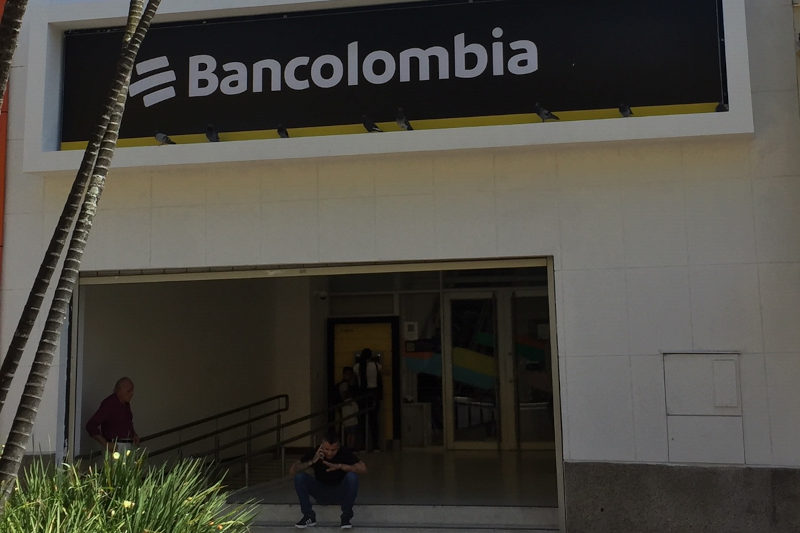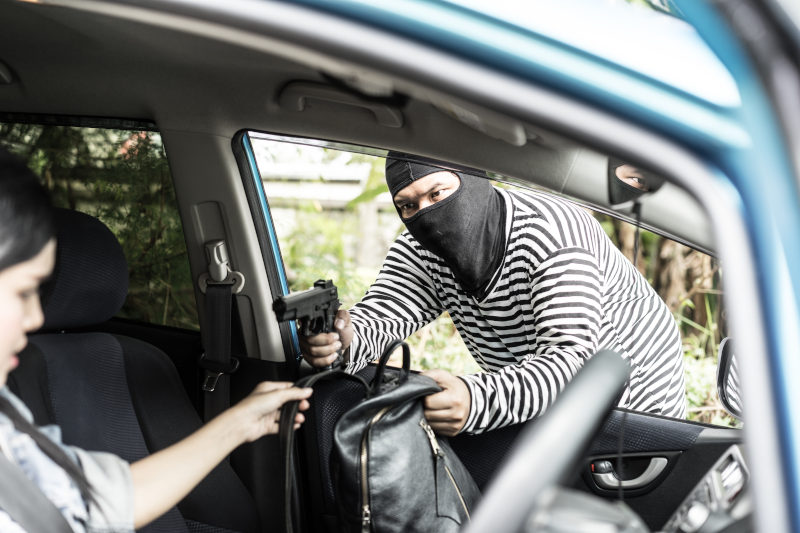One of the topics that gets mangled on social is what’s required to open a bank account in Colombia. Here we try to set the record straight…
Can a Foreigner Open a Bank Account in Colombia?
The answer is yes, but you’ll need to meet certain requirements. This is a country that is extremely sensitive to money laundering and banks have to follow the letter of the law and may have their own rules in place. We’ll look at those requirements a bit further down.
The Major Banks of Colombia
Here is a list of the most important consumer banks in the country, in order of importance (source: Rankia & Advratings)
- Bancolombia – the biggest and most used bank of Colombians even if it nickels and dimes you! (1,000 branches, 6,100 ATMs)
- Banco de Bogotá (BanBogotá) subsidiary of Grupo Aval Acciones y Valores
- Davivienda (680 branches, 2,700 ATMs)
- BBVA – the same as in Spain (440 branches, 1,350 ATMs)
- Banco de Occidente (210 branches, 3,530 ATM)
- Scotiabank Colpatria – owned by major Canadian bank (170 branches, 380 branches)
- Itaú – The same as in Brazil (174 branches)
- Banco GNB Sudameris (120 branches, 2,330 ATMs)
There are tons more smaller banks!
Are there Foreign Owned Banks?
Yes, in addition to BBVA (Spain), Itaú (Brazil), Scotiabank Colpatria (Canada), there are a number of other foreign banks that have offices in Colombia, though their presence is much more limited and may only be for commercial clients.
Know that having a local bank account with the same bank as back home may be of no advantage here. You cannot withdraw your remote funds through a local branch except through an ATM, and the fees you pay may or may not be advantageous.


What Bank Offers the best rate at the ATMs?
Determining which bank’s ATM will be your best option for withdrawing funds from your foreign based bank account will depend on a few factors:
- What transaction fees both the local bank and your foreign bank charge. The former will be in Colombian pesos and converted to your foreign currency by your bank, and the latter in your foreign currency.
- The maximum peso amount allowed by the ATM per transaction. Less means you’ll pay more in fees.
- The currency conversion rate is usually 3% below the official exchange rate (pesos per dollar, for example, minus 3%). Anything more and you shouldn’t use that bank!
In our own observations, Scotiabank Colpatria and Davivienda allow the largest withdrawal amounts, whereas Bancolombia is much lower.
ATM Tips
- At some ATMs, like Davivienda’s, you will be asked to accept or refuse a lower exchange rate and a given transaction fee. If you reject it, you’ll get a much better rate!!!
- If your debit card has the Visa or Mastercard logo, and the ATM offers you the option, choose it (Visa Debit, for example) as this will give you the highest exchange rate.
- Never use a credit card in an ATM as this will be treated as a cash advance with a very high interest rate and it may be next to impossible to reverse even if you pay off the card’s balance.
- If your foreign bank owns the local one, check with your foreign bank to see which account type will eliminate all ATM fees (both local and foreign transaction fees)
- Be security minded when using an ATM. We covered that topic here
What do I Need to Open a Bank Account Here?
We’ve seen expats post all kinds of claims on social, some saying they opened a bank account with their foreign passport, for instance, or just their Colombian cédula, but not bothering to give details. While it may have been possible years ago, any bank rep who opens an account for you without going through the normal vetting processes is breaking their bank’s rules and probably the law, and any account opened this way may be flagged later and you may find yourself frozen out of your account. Moral of the story: don’t pay heed to random people on the Internet.
UPDATE: We consulted with Davivienda in the Santa Fe mall, Medellín, where several people claimed to have opened an account with just a passport. They said that this is true BUT on the condition they obtain their cédula de extranjería within 3 months or their account will be frozen, something the boasters failed to mention perhaps because they didn’t understand. Our advice is to NOT open an account till you obtain your legal resident status and your cédula de extranjería, as this can take time and there’s no compelling reason to risk losing your deposits.
To open an account at any bank in Colombia you will need to provide:
- Your Colombian cédula de extranjería
- Proof of your Colombian source of income
Don’t have a cédula? Sorry, not gonna happen! We’ll be covering the process of getting one in a future article. Don’t have a Colombian source of income? There’s still something you can do: get a NIT number.
How do I get a NIT number?
A NIT number is your national tax number and is provided by the national tax department, the DIAN. You can make an appointment online for the nearest office and bring your cédula with you. The easiest category to classify yourself in without providing further proof is a rentista (investor). They’ll give you a document that has your NIT number on it and you can then go to ANY bank with just your cédula and that document and open an account without further ado. For this reason we highly recommend you get a NIT number anyway and avoid hassles at banks, which even returning Colombian citizens may experience.
Note: Registering for a NIT number does NOT trigger an income tax reporting situation. Filing an income tax return in Colombia is based on your economic activity and substantial presence in the country and we'll cover that topic in a future article.
Which is the Best Bank to Open Account at?
We don’t play favorites but we will suggest opening your main account at Bancolombia because of the ease in paying your bills online and transferring money to other Bancolombia accounts, which is very likely how you’ll pay your rent.
Banking Tips
- Colombia has a 4×1000 tax, that is a 4 pesos per 1000 tax on any money moving out of your bank account, even to pay bills, and it’s taken right from your account. Make the account that you plan to use most your “cuenta principal” (main account) — the bank will register it as such on request — to make it exempt paying the tax.
- Some bank employees might write your actual account number on your bank card when you open your account. Ask them not to, as this is rather insecure should you lose your card!
- You only need a “cuenta de ahorros” (savings account) unless it’s for a business.
To get an appointment to obtain your RUT/NIT:
https://agendamientodigiturno.dian.gov.co/frmSolicitarNuevaCita.aspx
(Note: you’re a persona natural unless you’re doing it for a business)
The above is copyrighted material. Republishing all or any part of it without the written expressed consent of Colombia Dreaming is strictly prohibited and any violation may result in prosecution. You may freely link to this page with the title, however.



